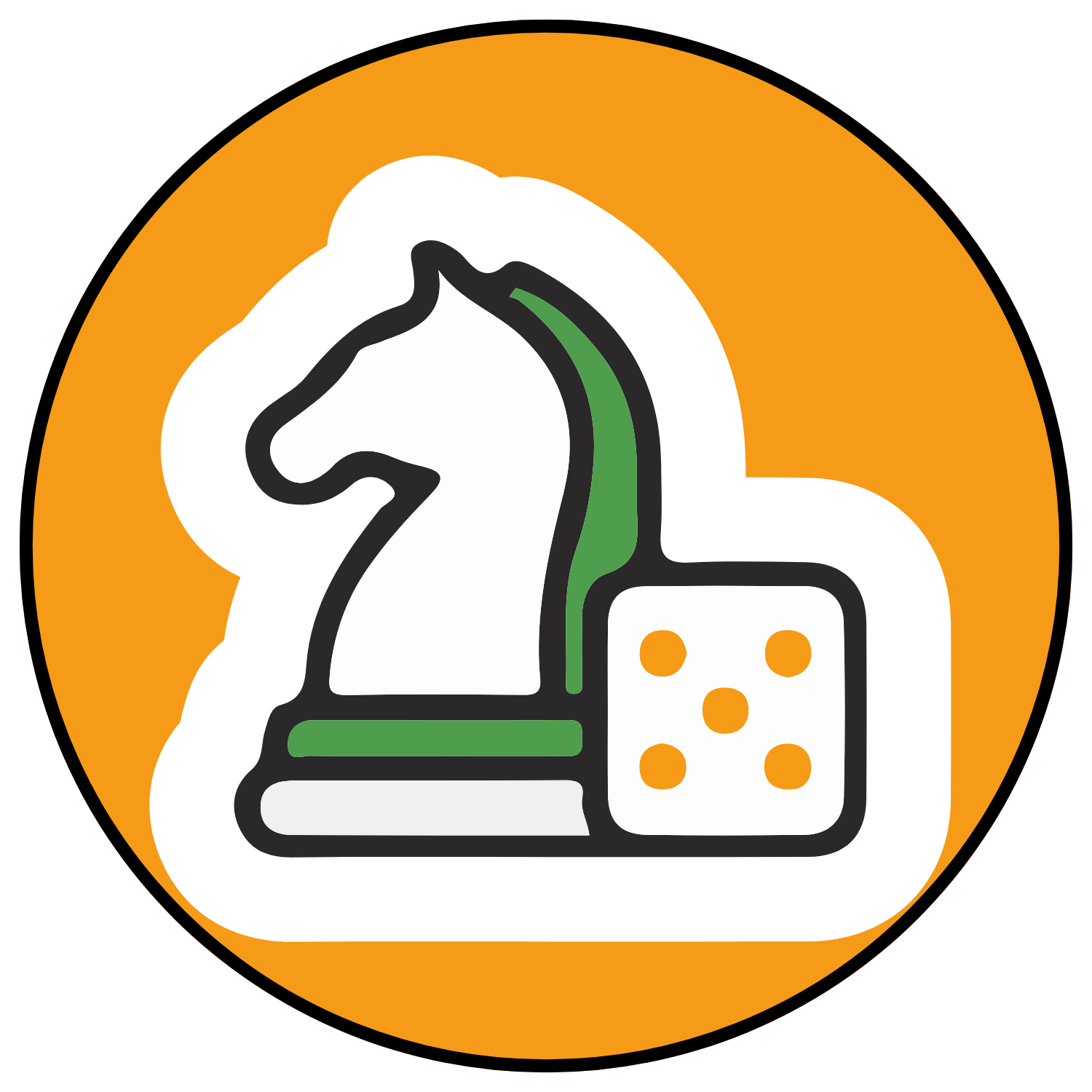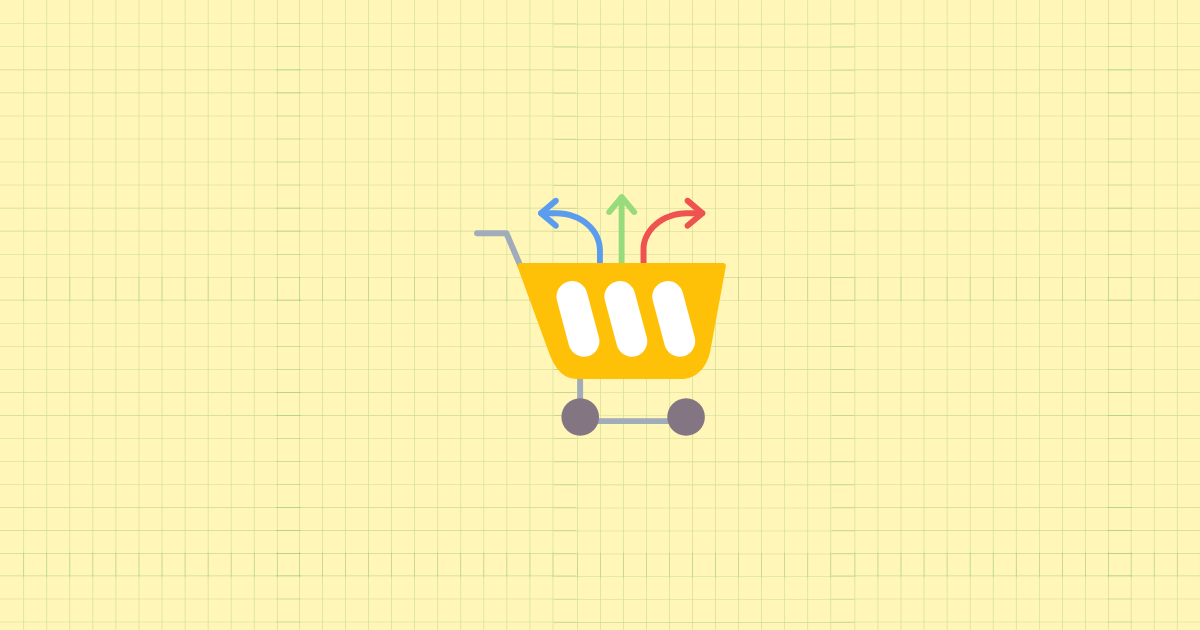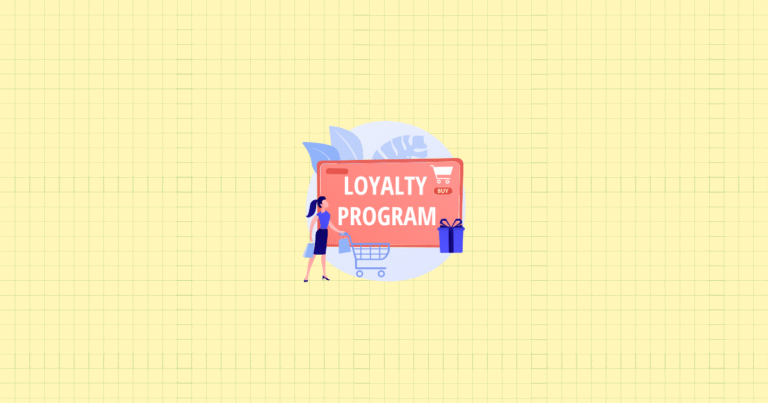Understanding Cross-Sell and Upsell Fundamentals for Shopify Stores
You’re leaving money on the table. Every single day, customers visit your Shopify store, browse your products, and make a purchase. But here’s what most store owners miss: those same customers would happily buy more if you simply showed them the right products at the right moment.
Cross-selling and upselling aren’t just buzzwords thrown around by marketing gurus. They’re your secret weapons for transforming single-item shoppers into loyal, high-value customers. Yet most Shopify store owners approach these strategies with all the finesse of a sledgehammer – slapping “You might also like” sections everywhere and hoping for the best.
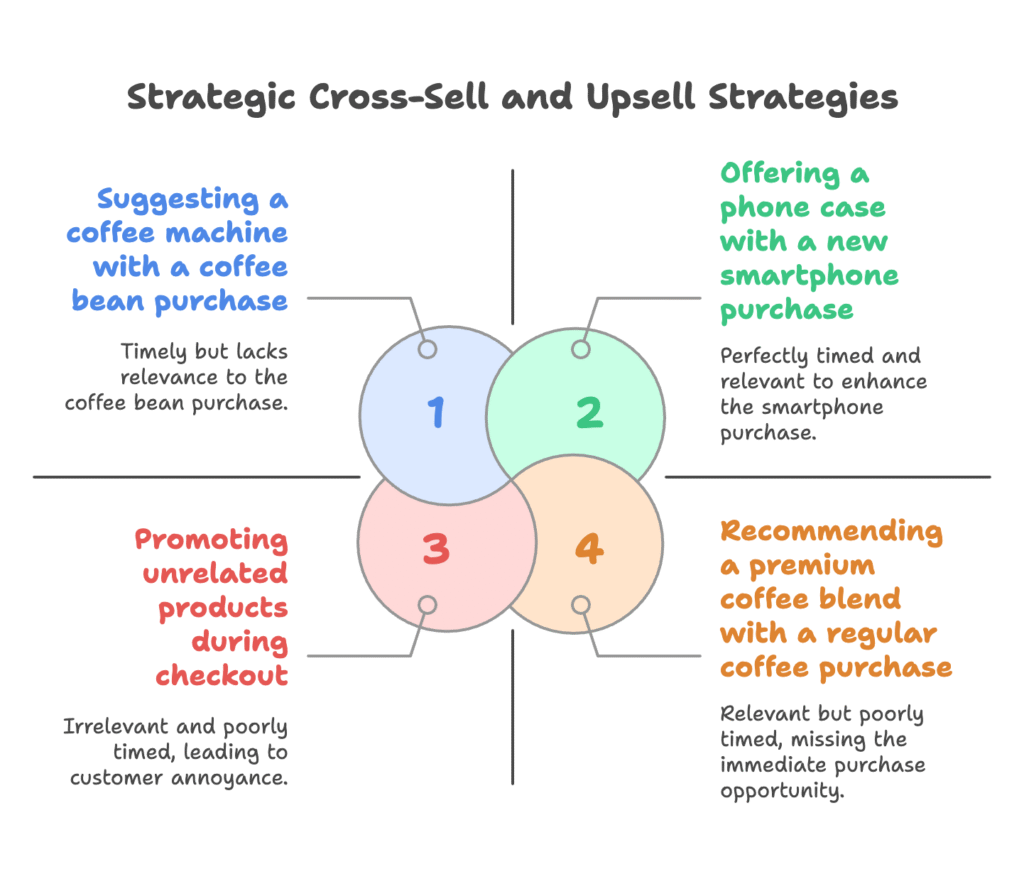
By the end of this guide, you’ll understand exactly how to implement strategic cross-sell and upsell promotions that feel natural to your customers while dramatically boosting your average order value. We’ll cover everything from the psychology behind effective product pairing to the technical nitty-gritty of setting up sophisticated discount structures in Shopify.
Definition and Business Value
Let’s start with the basics, but not in the way you’ve heard them before. Cross-selling isn’t just about showing related products – it’s about solving problems your customers didn’t even know they had. When someone buys a smartphone, they’re not just buying a device. They’re buying connectivity, productivity, entertainment. Your job is to anticipate what they’ll need to maximize that investment.
Cross-selling means offering complementary or related products to what’s already in the cart. Think of it as being the helpful friend who reminds you to grab phone chargers when you’re buying a new device. Upselling, on the other hand, encourages customers to upgrade to premium versions of what they’re already buying. It’s like convincing someone to splurge on the deluxe coffee instead of the regular.
But here’s where most advice falls short: successful cross-selling and upselling require timing, relevance, and restraint. Bombard customers with options and you’ll overwhelm them. Show irrelevant products and you’ll annoy them. The sweet spot? Strategic, well-timed suggestions that genuinely enhance their purchase.
The numbers don’t lie. Effective cross-sell and upsell strategies can increase your average order value by 15-25%. For a store generating $10,000 monthly, that’s an extra $1,500-$2,500 without spending a dime on new customer acquisition. Your customer lifetime value improves too, as customers who purchase multiple product categories tend to return more frequently.
Native Shopify Discount Capabilities
Shopify gives you powerful tools right out of the box, but most store owners barely scratch the surface. You can create percentage discounts that only activate when customers buy specific product combinations. You can set up fixed-amount discounts that trigger when related products are added to the cart. Buy One, Get One offers work beautifully for introducing customers to new product categories.
The key is understanding the limitations and working within them creatively. Shopify’s automatic discounts can only track specific products or collections, not complex behavioral triggers. But that constraint forces you to think strategically about which product combinations actually matter to your business.
Setting up these discounts requires careful planning. You’ll create them in your Shopify admin, define the qualifying conditions, and test thoroughly before going live. The technical implementation is straightforward, but the strategy behind it determines success or failure.
Strategic Planning for Effective Related Product Promotions
Now we get to the heart of the matter. Random product suggestions perform poorly because they lack strategic foundation. Your most successful competitors don’t guess at what products go together – they analyze, plan, and execute with precision.
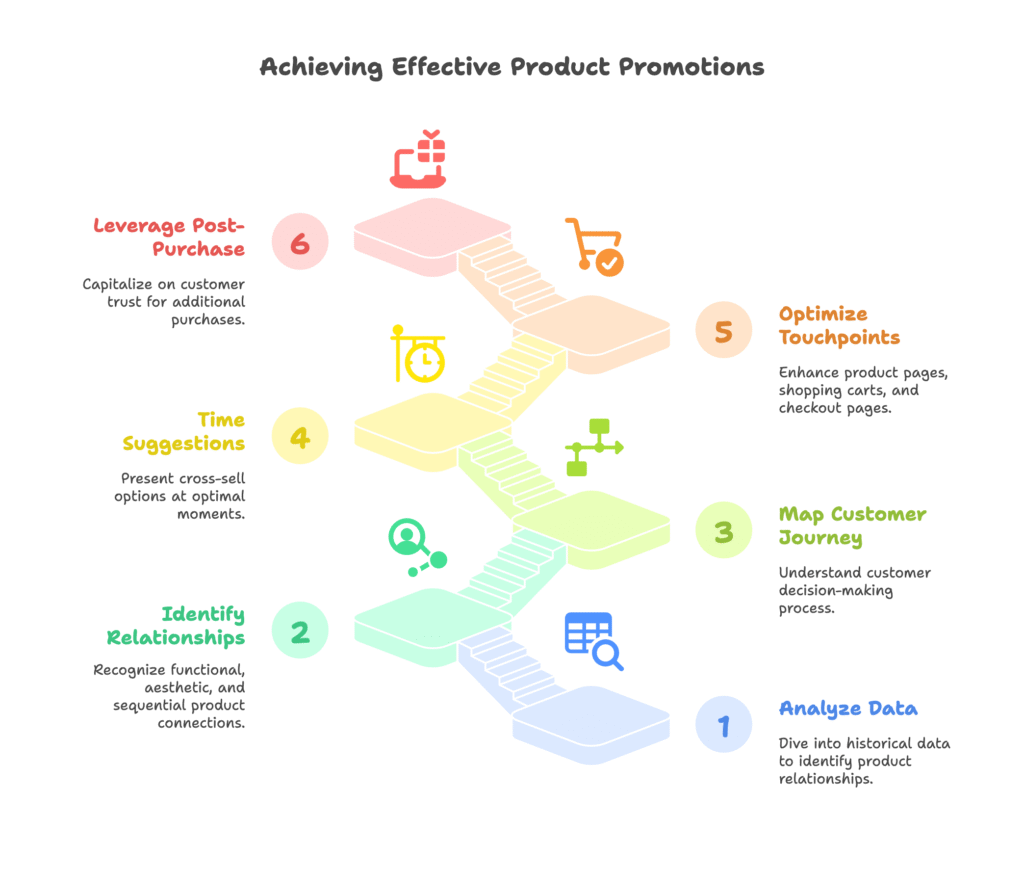
Product Association Strategy
Start by diving into your historical data. Which products do customers actually buy together? You might assume that your premium handbags pair naturally with matching wallets, but the data might reveal that customers prefer to mix and match styles. Trust the numbers, not your assumptions.
Look for three types of product relationships. Functionally complementary items solve related problems – like purchasing a camera with a memory card. Aesthetically matching products appeal to customers who want coordinated looks. Then there are sequential purchases, where buying one product naturally leads to needing another later.
The most profitable relationships often surprise you. A fitness apparel store might find that customers who buy yoga mats frequently return for aromatherapy products within two weeks. That’s not an obvious connection, but it’s a goldmine for targeted follow-up campaigns.
Customer Journey Touchpoint Mapping
Timing matters more than the actual products you suggest. Present cross-sell options too early and customers feel pressured. Too late and you’ve missed the moment of peak buying intent. The art lies in mapping your customer’s decision-making process and inserting yourself at exactly the right moments.
Product pages work well for immediate complementary suggestions. Think of the customer evaluating a laptop who suddenly realizes they’ll need a protective case. Shopping cart pages catch customers in the decision zone – they’re committed to buying but still open to additions. Checkout pages require restraint; only high-converting, low-friction additions work here.
Post-purchase represents untapped potential. Customers just proved they trust your brand with their money. They’re psychologically primed to buy more, especially if you frame additional purchases as maximizing their initial investment. A customer who just bought a coffee maker is more likely to purchase premium beans than someone browsing randomly.
Designing Effective Discount Structures for Related Products
Here’s where strategy meets execution. The discount structure you choose sends a message about your brand, influences customer behavior, and directly impacts your profitability. Get it wrong and you’ll train customers to expect discounts on everything. Get it right and you’ll create a sustainable competitive advantage.
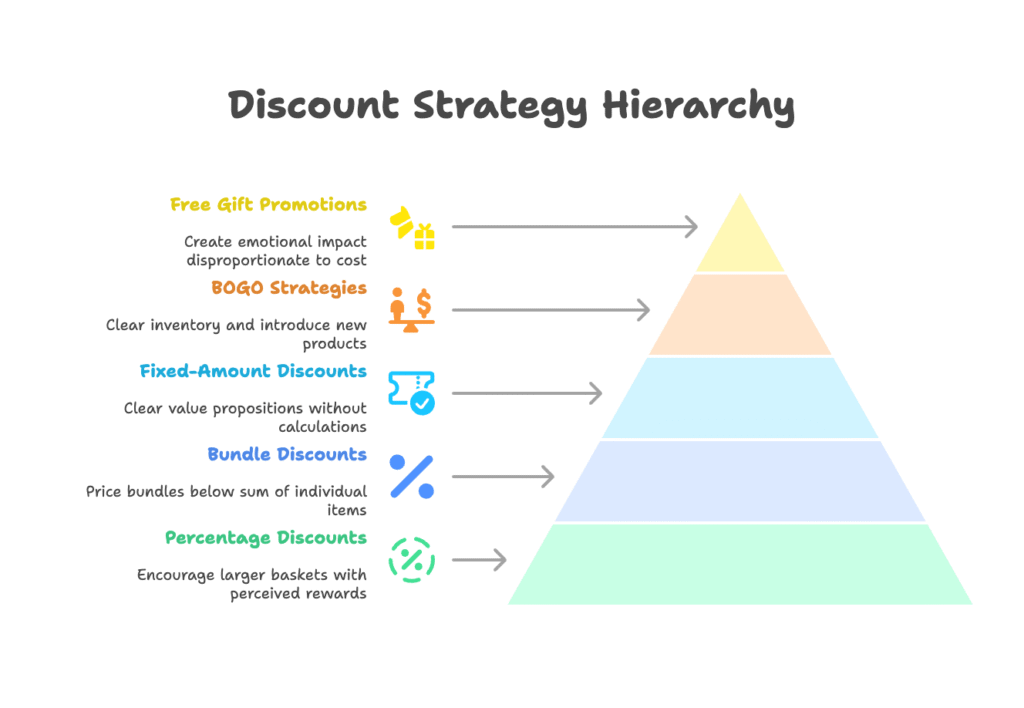
Percentage-Based Discount Strategies
Percentage discounts feel like rewards rather than desperate price cuts. A “Buy 2, save 10%, Buy 3, save 15%” structure encourages larger baskets while maintaining your brand’s premium feel. The psychology works because customers focus on the percentage saved rather than questioning your original pricing.
But there’s a catch. Percentage discounts eat into margins proportionally to order size. That 15% discount hurts a lot more on a $500 order than a $50 one. Calculate your break-even points before implementing any percentage-based strategy. Factor in the increased lifetime value of customers who purchase multiple categories.
Bundle discounts work differently. Instead of discounting individual items, you price the bundle below the sum of its parts. This approach feels like getting a deal while allowing you to control exactly how much margin you’re sacrificing. A skincare bundle priced at $120 (normally $150 for individual items) feels generous while preserving profitable pricing.
Fixed-Amount and BOGO Strategies
Fixed-amount discounts like “$10 off when you add this item” create clear value propositions without percentage calculations. They work especially well for lower-priced add-ons where percentage discounts would feel insignificant. Your customers immediately understand the benefit without doing math.
BOGO offers excel at clearing inventory and introducing new products. But traditional “Buy One, Get One Free” can devalue your brand. Consider “Buy One, Get One 50% Off” or cross-category BOGOs like “Buy any dress, get 30% off selected accessories.” These maintain perceived value while encouraging exploration.
The secret sauce? Align your discount type with customer psychology and product characteristics. High-involvement purchases respond better to percentage discounts because customers spend time calculating value. Impulse additions work better with fixed amounts because the decision happens quickly.
Conditional and Free Gift Promotions
Free gifts create emotional impact disproportionate to their cost. A customer spending $100 who receives a free $15 item feels more valued than receiving a $15 discount. It’s the same financial impact but completely different psychological experience.
Set meaningful thresholds. “Spend $75, get free shipping plus a bonus sample” works because it requires a small stretch to unlock substantial value. Tiered gifts at $50, $100, and $150 spending levels can dramatically increase order values as customers reach for the next tier.
Free shipping remains the most powerful cross-sell motivator. Display progress toward free shipping (“Add $25 more for free shipping”) and suggest specific items that would qualify their order. It’s direct, valuable, and often costs less than traditional discounts.
Implementation Across Key Shopify Store Touchpoints
Theory means nothing without flawless execution. Each touchpoint in your store requires a different approach to cross-selling and upselling. What works on product pages fails miserably at checkout. Understanding these nuances separates successful implementations from failed experiments.
Product Page Implementation
“Frequently Bought Together” sections work because they leverage social proof. When customers see what others purchase, it validates their own purchasing decisions while introducing logical additions. The key is authenticity – fake or forced combinations destroy trust immediately.
Position these sections prominently but not intrusively. Below the main product description works well because customers have already absorbed key information about their intended purchase. A/B testing reveals that checkboxes allowing customers to add multiple items simultaneously outperform separate “Add to Cart” buttons for each suggested product.
Product upgrade displays require finesse. Instead of simply showing more expensive alternatives, demonstrate clear value differences. Side-by-side feature comparisons help customers understand why the premium option costs more. Highlight benefits, not just features. “Professional-grade motor for daily use” resonates more than “2200 watts.”
Cart and Checkout Optimization
Cart pages represent your last chance to increase order value before customers commit to payment. Mini-cart widgets that appear when items are added can suggest immediate add-ons. Keep suggestions limited to 2-3 highly relevant items to avoid overwhelming customers already in buying mode.
Progress indicators toward free shipping or gift thresholds create urgency without pressure. “You’re $15 away from free shipping” paired with suggestions of items in that price range converts remarkably well. The customer initiated the purchase decision; you’re simply helping them maximize value.
Checkout page cross-sells require extreme restraint. Customers are mentally committed to their purchase and focused on completing the transaction. Only high-converting, low-cost add-ons belong here. Digital products, warranties, or sample sizes work better than substantial new product recommendations.
Post-Purchase Cross-Selling
Thank you pages catch customers at peak satisfaction. They’ve completed their purchase and feel good about their decision. One-click upsells for complementary items convert at surprising rates because the payment process is already complete – customers just need to confirm additional purchases.
Time-delayed email sequences perform even better than immediate post-purchase offers. A customer who bought a winter coat might receive emails featuring matching accessories two days later, followed by care instructions and product protection offers the following week. It feels helpful rather than sales-focused.
Integration with email marketing platforms allows sophisticated automation based on purchase history. Someone who bought skincare products receives different follow-up sequences than someone who purchased electronics. Personalization at scale becomes possible when systems work together seamlessly.
Customer Segmentation for Targeted Cross-Sell/Upsell
Not all customers are created equal. Your first-time buyer browsing nervously deserves different treatment than your VIP customer making their twentieth purchase. Sophisticated segmentation allows you to optimize cross-sell approaches for maximum relevance and conversion.
Customer Segment-Specific Approaches
First-time buyers need confidence more than choices. They’re still evaluating whether to trust your brand, so overwhelming them with options backfires. Focus on bundle deals that demonstrate value while reducing decision fatigue. A starter kit priced slightly below the sum of its parts feels safe and comprehensive.
Loyal customers respond to exclusivity and recognition. “VIP early access” to new product bundles or “Members-only” discount tiers reward loyalty while encouraging larger purchases. These customers already trust your brand; leverage that trust to introduce higher-margin products or categories.
Win-back campaigns for inactive customers require compelling value propositions. These customers have purchased before but stopped for some reason. Bundle offers combining their previous purchases with new, highly-rated products can rekindle interest. “Complete your collection” campaigns work especially well for fashion or beauty brands.
Product Category-Specific Strategies
High-margin products deserve strategic promotion, but not desperate discounting. Instead of slashing prices, bundle them with complementary lower-margin items. A premium skincare product paired with a free application tool maintains perceived value while increasing basket size.
Slow-moving inventory requires creative solutions. Pairing these items with bestsellers as “limited-time bundles” moves stagnant stock without signaling clearance. Seasonal bundling works particularly well – pair summer clothes with fall transition pieces to clear inventory naturally.
Consider inventory age in your discount automation. Items sitting for 60+ days might automatically become available for bundle promotions. This systematic approach prevents stockouts of popular items while ensuring older inventory moves regularly.
Measuring Success and Optimizing Strategy
Data tells stories that intuition misses. Your cross-sell and upsell strategies must be measured, analyzed, and optimized continuously. What works brilliantly for one product category might fail spectacularly for another. Success lies in systematic measurement and rapid iteration.
Key Performance Indicators
Average Order Value serves as your primary health metric. Track it overall and by traffic source, customer segment, and product category. A 5% increase might seem small, but compounded over time, it dramatically impacts profitability. Break down AOV increases by cross-sell versus upsell to understand which strategies drive results.
Acceptance rates reveal strategy effectiveness. Track how often customers actually add suggested products to their carts. Low acceptance rates indicate irrelevant suggestions or poor timing. High acceptance rates might suggest you’re under-pricing bundles or missing opportunities to suggest additional items.
Customer lifetime value metrics show long-term impact. Customers who purchase multiple categories typically return more frequently and spend more over time. A customer’s first cross-category purchase often predicts future buying behavior more accurately than first-purchase value alone.
Testing Framework
A/B testing prevents expensive mistakes and identifies winning strategies. Test discount amounts, product combinations, placement locations, and messaging simultaneously. But avoid testing too many variables at once – you’ll never identify what actually drives results.
Establish testing cadences that match your traffic volume. High-traffic stores can run weekly tests, while smaller operations might need monthly testing windows for statistical significance. Document everything; what fails today might succeed tomorrow under different conditions.
Competitive analysis provides context for your results. Are your AOV increases keeping pace with industry standards? Tools within Shopify and third-party analytics platforms help benchmark your performance against similar stores. But remember, your unique customer base might behave differently than industry averages.
Common Challenges and Solutions
Over-discounting kills profitability faster than under-converting cross-sells. Calculate the impact of every discount strategy on your gross margins. Sometimes a smaller discount that converts slightly less still generates more profit than aggressive discounting. Focus on customer lifetime value, not just immediate order value.
Irrelevant product associations destroy customer trust and conversion rates. A customer buying baby products doesn’t want exercise equipment suggestions, no matter how well those products sell individually. Invest time in logical product mappings rather than relying on automated “customers also bought” algorithms alone.
Mobile optimization cannot be an afterthought. More customers browse and buy on mobile devices, yet many cross-sell implementations work poorly on smaller screens. Test every suggestion, bundle display, and checkout flow on actual devices, not just browser simulations.
References
- Shopify. (2020). Upselling vs. Cross-Selling: The Ultimate Guide. https://www.shopify.com/blog/upselling-and-cross-selling
- The Shop Strategy. (2025). Shopify Discount Strategy Fundamentals. https://theshopstrategy.com/store-growth-optimization/promotions-discount-strategies/shopify-discount-strategy-fundamentals/
Ready to transform your Shopify store’s cross-sell and upsell performance with data-driven precision? Growth Suite automatically identifies your hesitant visitors and presents them with perfectly timed, personalized discount offers on related products. Instead of showing discounts to everyone, Growth Suite’s smart targeting ensures offers reach customers most likely to convert, protecting your brand image while maximizing revenue. Install Growth Suite with a single click and start optimizing your discount strategies today – it’s completely free to get started!
